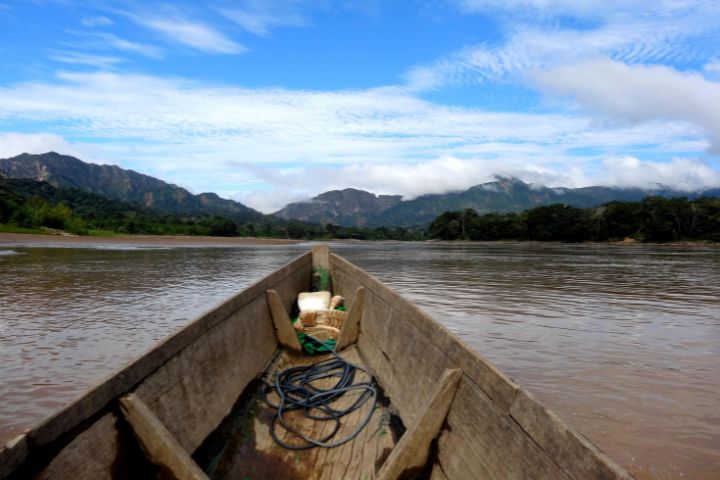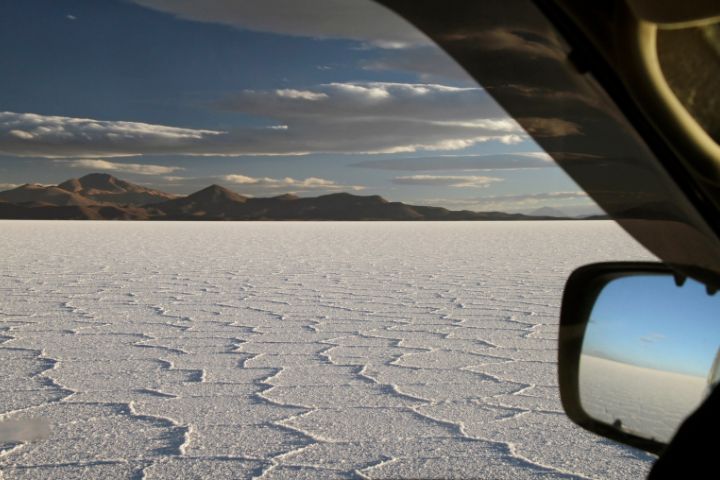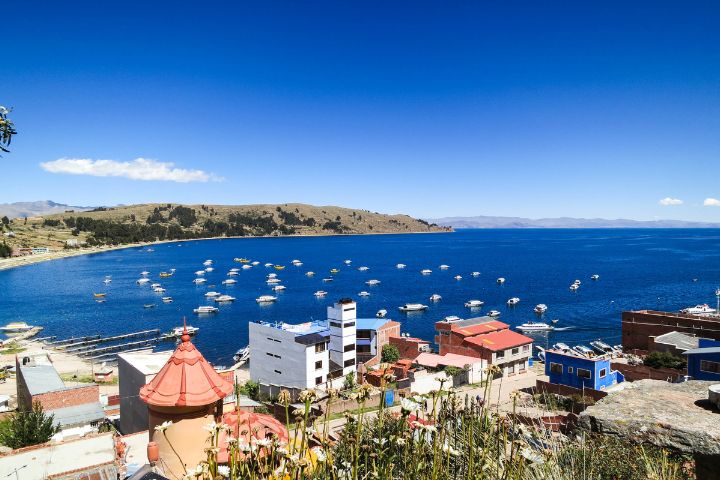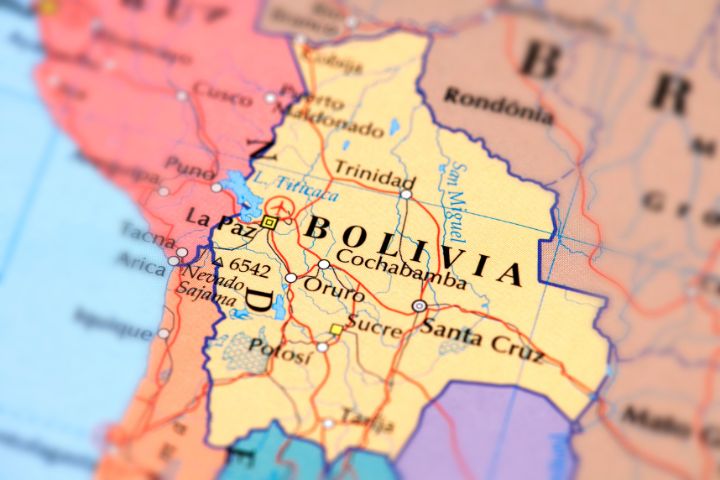Who says Bolivia is all about minerals, coca leaves production, and the Amazon rainforest? This country that is considered the heart of South America is definitely more than that. With mountain ranges that can go as high as 21,000 feet, plus its extreme and diverse landscapes make it ideal for some of the most epic adventure and extreme activities.
Now, it’s no surprise that this country has some of the best, the coolest, and the most death-defying biking trails that enthusiasts can only dream of. In fact, mountain biking is considered one of the most popular activities in the country for visiting tourists and even among locals. Shout-out to my good aussie friend, Brad Gall, who took time out from air conditioning repairs in Brisbane to try out some of these trails.
Top 10 Biking Trails to Check Out in Bolivia
Chacatila Inca Road (El Camino Inca de Chacatila)
If you want to have a very short but truly unforgettable trail biking in Bolivia, you really have to check out Chacatila Inca Road. This is located in the Chuquisaca department, in the city of Sucre, which is around a 16-hour drive from the capital city of La Paz.
It is just a short 2.6-mile stretch with a difficult rating of “intermediate”. If you consider yourself a moderately experienced cyclist and want to test your endurance in an unfamiliar territory, this is a perfect practice road for you.
Choro Inca Road (El Camino Inca del Choro)
Also known as La Caminata del Choro, this is considered one of the oldest roads to trek and mountain bike in the country. It is located in La Paz with about a 31.5-mile distance, with a difficulty rating of “hard”, and definitely caters to those adrenaline junkies with years of experience cycling in similar terrains.
This trail starts from an old paved and wide road that the Incas had built hundreds of years back, then gradually descends to the Yungas Valley. This is also a chance for you to witness beautiful landscapes, lagoons, Inca walls, waterfalls, and snowy peaks within the valley.
Pairumani Eco Touristic Park (Parque Ecoturístico Molinos de Pairumani)
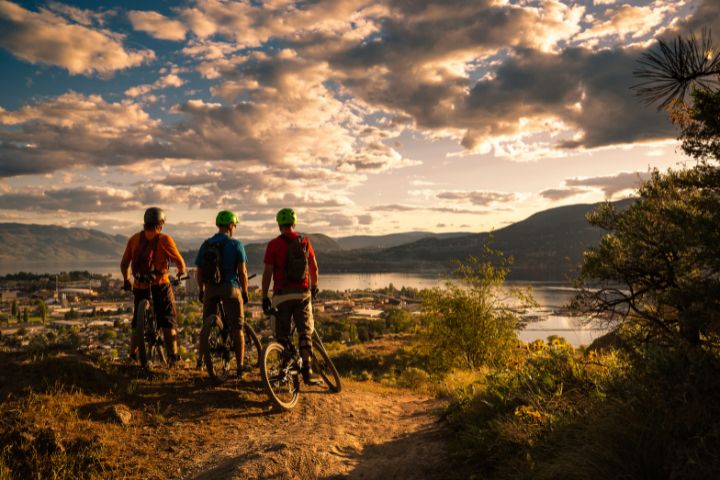
If you want to hit two birds with one stone, Pairumani Eco Touristic Park is the right place to practice mountain biking in this country. That’s because you can both enjoy your favourite hobby while also enjoying the beauty of nature.
This is located within the department of Cochabamba, which is about 7-hour drive from La Paz or a distance of 235.06 miles. It has about 32.07 miles in length and a difficulty rating of “intermediate”. This trail is a loop with uphill sections and will take you around 3 hours to complete, depending on your speed. You can’t be blamed if you want to slow down a bit to relax and appreciate nature because it is definitely breathtaking up here.
Religious Circuit (Circuito Religioso)
Another easy-peasy route located in Cochabamba; this 31.5-mile route is for those who just want a more relaxed bike ride. And what’s nice about this is that it was built with the intention of making it easy for the cyclist to also visit some churches and temples within the city.
This is probably one of the most relaxing bike rides that you could ever get from this list and was also created as a cultural activity for bikers and tourists alike. With no adrenaline rush to dispose of, you’ll get more sense of your spirituality if you want to take time and visit these religious structures.
Route Faro Murillo Aranjuez (Ruta Faro Murillo Aranjuez)
If you want a quick fix for your adrenaline rush and don’t want to go far off La Paz, this is the perfect spot for you. However, despite this being a very easy road, it is still a demanding route and will still consume 10 hours of your time to complete for it is a 28.06-mile-long road with a difficulty rating of “intermediate”.
Though still within the city proper, it will not run short of natural spots and landscapes that you can simultaneously enjoy while biking. There are also resting spots and even nice restaurants to enjoy meals in between biking.
Santa Cruz – Portachuelo Circular Route (Ruta Circular Santa Cruz – Portachuelo)
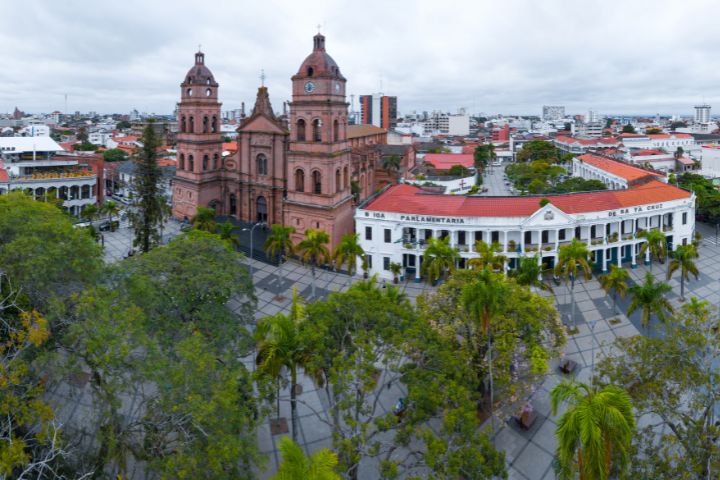
For an all-in experience, this route in Santa Cruz is the perfect choice for you as a hardcore cyclist and nature lover. Within this 96.49-mile road, riddled with uphill paths that will surely pant your heart out, you can definitely enjoy this circular trail that starts easy in Santa Cruz and goes all the way through Portachuelo for the hard part.
As you traverse this rural side of Bolivia, you can do some trekking and other nature activities. You will also be able to see the Rio Moreno and El Rio Cuchi rivers along the way.
Santa Cruz Municipal Botanical Garden (Jardín Botánico Municipal de Santa Cruz)
This is where biking literally seems like a walk in the park! This short and circular 8.1-mile trail is considered one of the easiest mountain biking experiences you could ever have in Bolivia.
This is a beginner mountain bikers’ haven as it has a difficulty rating of “easy” but even the experts can truly enjoy it. And since it is a botanical garden, you’ll be able to enjoy lush flowering and non-flowering plants and trees along the way. Add to that a plethora of birds and small mammals for a complete nature experience.
The Death Road (La Carretera de la Muerte)
If the name can be an indication of what to expect in a place, then, The Death Road isn’t something to mess around with. Surely, it is one of Bolivia’s most dangerous terrains for mountain biking. And by no means the name is playing around because there were actual biker casualties recorded here, locals and tourists alike.
Situated in La Paz, with 38.82 miles long, and a difficulty rating of “hard”, Bolivia Road of Death is also touted as the world’s most dangerous road. Notwithstanding its negative reputation, it is still one of the most popular among adventure and sports enthusiasts. The trail starts at the summit called La Cumbre at the height of 15,000 feet and can be completed within 12 hours if you can withstand the cold temperature at the beginning.
The Devil’s Tooth (La Muela del Diablo)

Another one that is located in the country’s capital La Paz, this is named so because of this volcanic formation’s resemblance to fangs at the peak. It has a 5.4-mile stretch of road and is considered one of the best for beginners or “easy” difficult rating.
This place is easily accessible via public transportation and has a fairly straightforward route. People trekking and dirt biking are also a common scene here as this is also a perfect spot to do sightseeing of the mountains and the overall nature of the city.
Tunari Park (El Parque Tunari)
Another one for the expert cyclists, Tunari National Park is one of the protected areas situated in Cochabamba, which is around two and a half hours drive from the city proper. It is a 26.94-mile-long cycling route where you can enjoy nature while being one with the government in practicing ecotourism.
It has a difficulty rating of “hard” for a reason as this biking trail can be physically demanding, especially with its uphill road. It is also loop-shaped and while it can be very exhausting, the descent from the summit will be heavenly. This is especially so with the beautiful sceneries that you get to witness as you go down and while resting.

